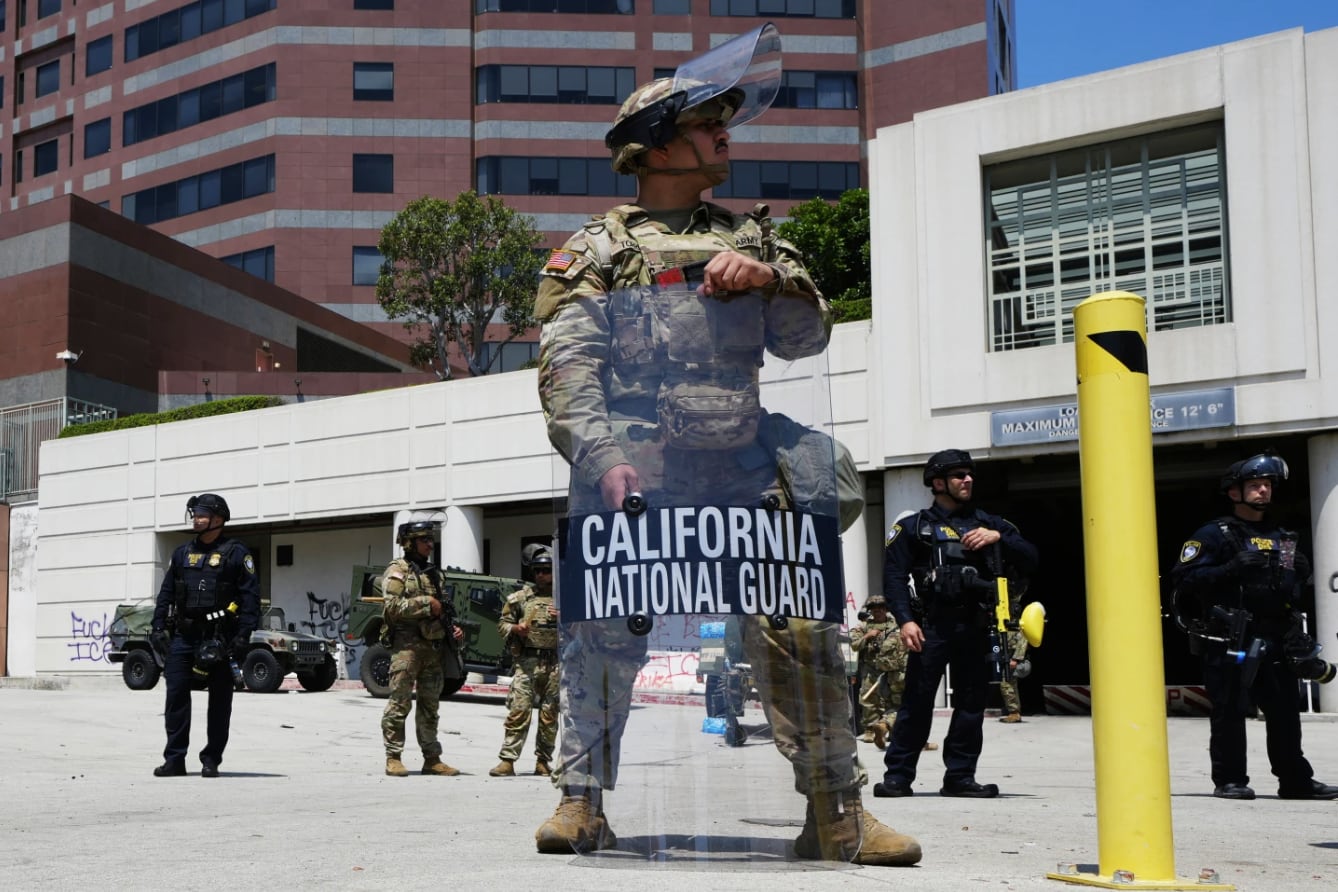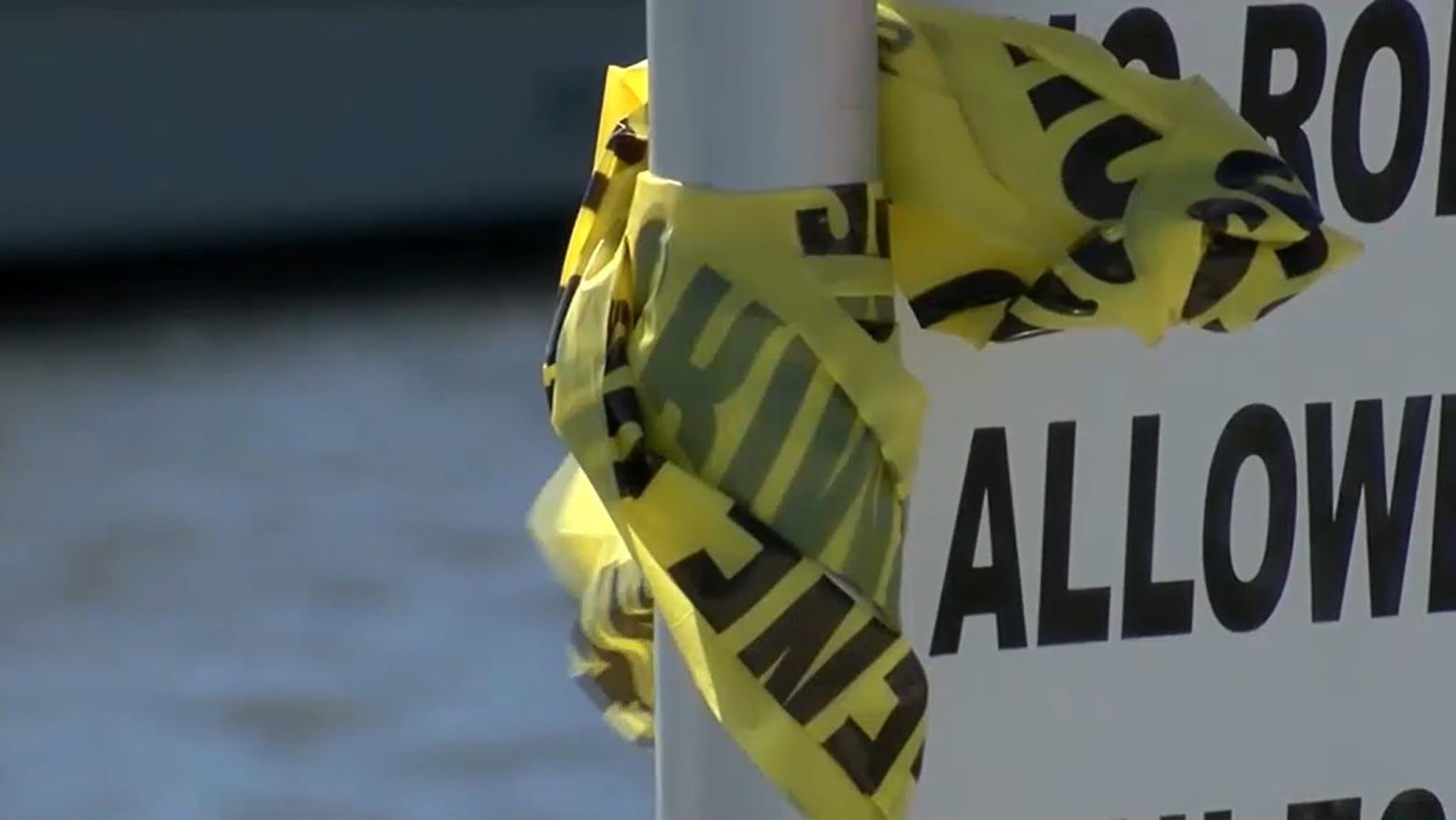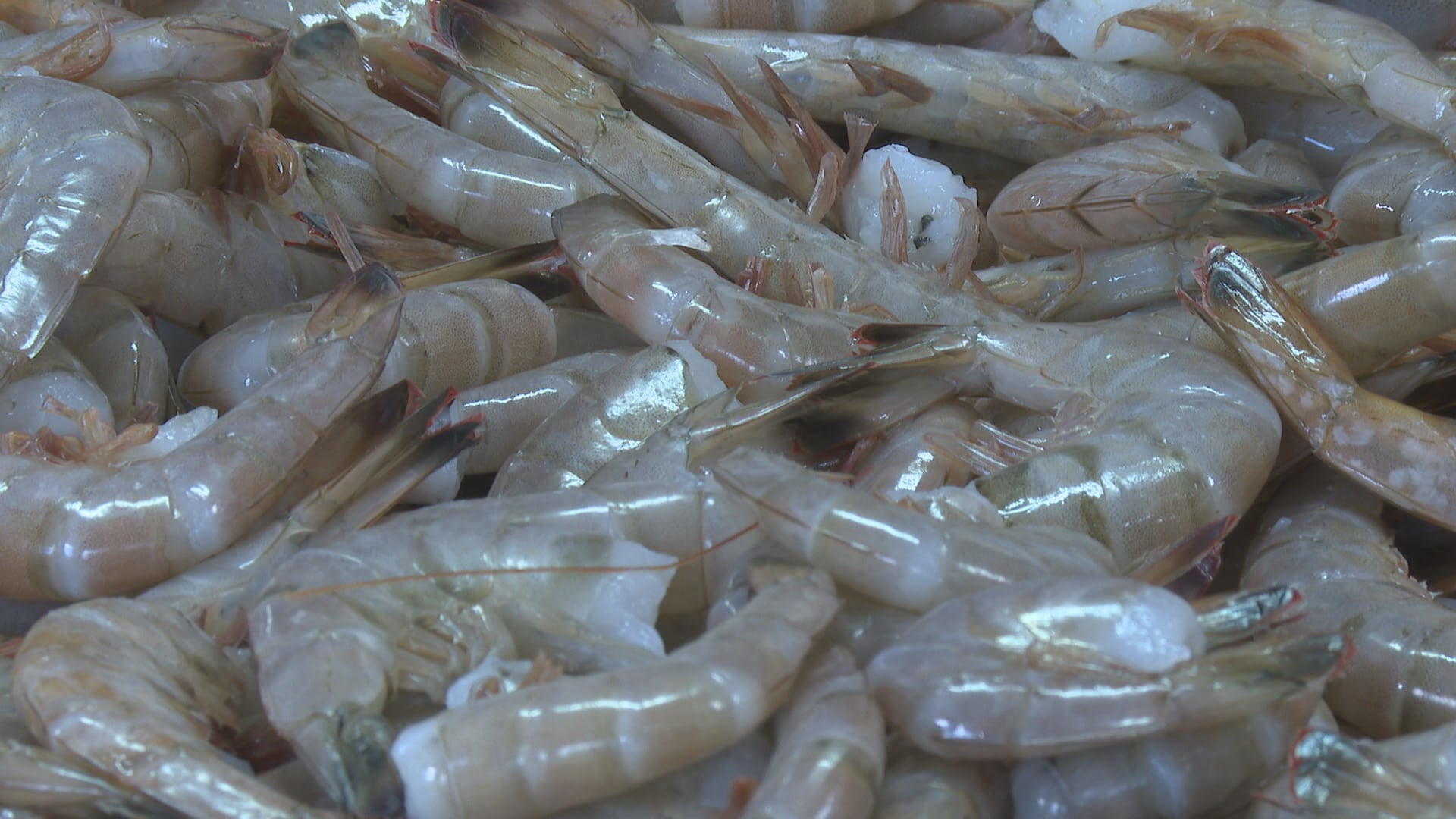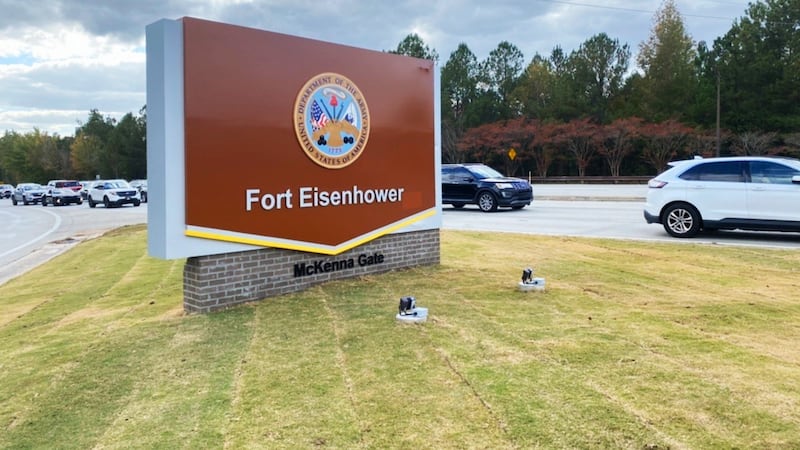Army Corps of Engineers boats named for 3 fallen Georgia soldiers
SAVANNAH, Ga. - A Swainsboro man and two other soldiers who died in the line of duty are being honored by the Army Corps of Engineers.
Three hydrographic survey vessels will bear their names.
Each survey vessel went through extensive testing – checking its radar, chart plotters, and radios – before setting sail to critical missions including at the Savannah and Brunswick Harbors, the ports, and the 161-mile stretch of waterway along Georgia’s coast.
In the same way Staff Sgt. Dustin Wright, Sergeant Tyrone Chisholm, and Sgt. 1st Class John Beale did years ago.
In a speedy switch, local Army post becomes Fort Gordon again
About a year and a half after it became Fort Eisenhower, the local Army post will become Fort Gordon again.

Col. Ron Sturgeon, the Commander of the 48th Infantry Brigade, said, “It’s a privilege to stand here today, to honor their sacrifice and ensure their legacies endure.”
Staff Sgt. Wright spent most of his childhood in Swainsboro, Georgia learning to farm and build things working on his grandfather’s farm. He was killed in action as a member of the Army’s elite Green Berets.
His team was ambushed by ISIS in 2017. He was posthumously awarded the Silver Star for his heroic actions.
“I’m honored to be here with all of you today,” said his brother, Staff Sgt. Will Wright.
Ga., S.C. attorneys general Trump’s use of National Guard
The Georgia and South Carolina attorneys general ed their peers from 23 other states in ing deployment of the National Guard in L.A.

Sgt. Chisholm is a Savannah native who transferred his athleticism and competitiveness to become a gunner with the group “Brave Rifles” and played a role in protecting civilians during Operation Iraqi Freedom.
The youngest of four siblings died in November of 2005 after an explosive detonated near his unit’s tank.
“He’s gone. 20 years later, his legacy is still being honored,” said his brother, Sgt. 1st Class (Retired) Frederick Wilson.
Sgt. 1st Class Beale ed the Army after graduating from his high school in Riverdale.
After stints in Operation Storm and , he took a break but was called back to duty following the tragedy of 9/11. He was killed in action in June 2009 following an IED detonation and gunfight in Afghanistan.
Ga. gangway collapse survivors suing construction firms
Survivors of the deadly Sapelo Island gangway collapse announced their lawsuit against the parties involved in the engineering and construction of the gangway.

“They had made a comment by always saying their name and ing each of these individuals and never letting their legacy die,” said Sgt. 1st Class Beale’s wife, Crystal. “The U.S. Army of Engineers made sure of that today.”
It took two years to build the ships to meet the Corps’ needs.
“We checked to make sure critical systems such as the radar, chart plotters, radios, lights, and generators work properly,” explained Jim Bodenrader, maintenance and mobile equipment operation supervisor with the Savannah District. “We also tested the vessels’ steering and verified that increasing the revolutions per minute of the outboard motors resulted in corresponding increases in speed.”
Some high-tech equipment onboard the vessels include radar systems, chartplotters, navigation lights, and interferometric multi-beam sonar.
Dozens of S.C. eateries falsely tout local shrimp, DNA tests show
Testing on food served at dozens of Charleston-area restaurants revealed that most falsely promoted serving locally caught shrimp.

Radar on boats is primarily used for navigation and collision avoidance, particularly in situations with limited visibility like fog, rain, or at night. It detects objects around the boats using radio waves, helping to identify other vessels, landmasses, and potential hazards.
All three vessels are also equipped with automatic identification systems. This is a maritime safety technology that works by broadcasting a vessel’s identity, location, course, speed, and other relevant data.
Copyright 2025 WRDW/WAGT. All rights reserved.














